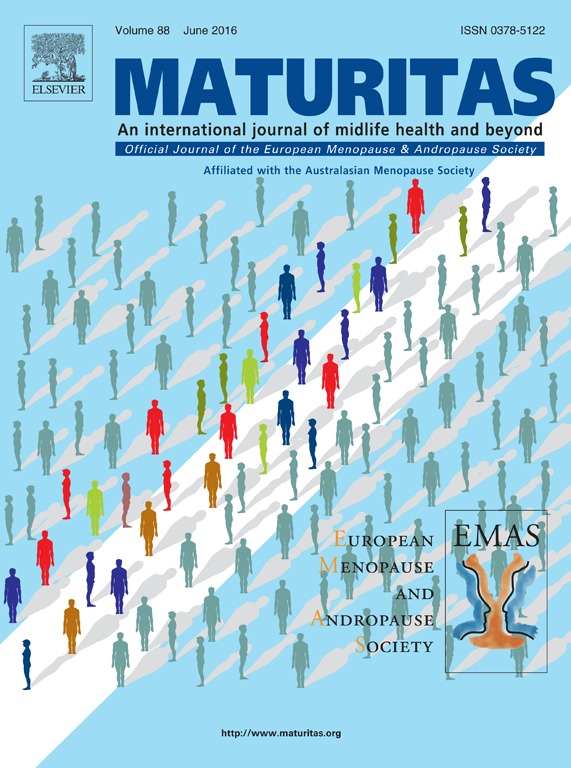Questo importante lavoro di metanalisi (revisione della letteratura scientifica significativa) conferma l’importante ruolo della vitamina D nella protezione nei confronti della maculopatia senile.
Gli autori arrivano a stabilire che, per avere un effetto protettivo, i livelli sierici di vitamina D circolante devono essere superiori a 50nmol/L. Questi valori, per altro, sono confermati da numerose ricerche nel campo dei tumori, dalle quali emerge un’altrettanto forte capacità preventiva legata a questa molecola.
Cedric Annweiler, Morgane Drouet, Guillaume T Duval, Pierre-Yves Paré, Stephanie Lerue, Mickael Dinomais, Dan Milea
Maturitas
June 2016, Volume 88, Pages 101–112
Highlights
Vitamin D may be involved in ocular health and function. High concentrations 25-hydroxyvitamin D are associated with less age-related macular degeneration. Concentrations of 25-hydroxyvitamin D under 50nmol/L are associated with late-stage age-related macular degeneration. These findings provide a scientific basis for vitamin D replacement trials.
Abstract
Vitamin D may be involved in ocular function in older adults, but there is no current consensus on a possible association between circulating concentrations of 25-hydroxyvitamin D (25OHD) and the occurrence of age-related macular degeneration (AMD). Our objective was to systematically review and quantitatively assess the association of circulating 25OHD concentration with AMD. A Medline search was conducted in November 2015, with no date limit, using the MeSH terms “Vitamin D‘OR “Vitamin D deficiency“OR “Ergocalciferols” OR ‘Cholecalciferol’ combined with “Age-related macular degeneration“OR “Macular degeneration“OR “Retinal degeneration“OR “Macula lutea“OR “Retina’. Fixed and random-effects meta-analyses were performed to compute i) standard mean difference in 25OHD concentration between AMD and non-AMD patients; ii) AMD risk according to circulating 25OHD concentration. Of the 243 retrieved studies, 11 observational studies 10 cross-sectional studies and 1 cohort study met the selection criteria. The number of participants ranged from 65 to 17,045 (52-100% women), and the number with AMD ranged from 31 to 1440. Circulating 25OHD concentration was 15% lower in AMD compared with non-AMD on average. AMD was inversely associated with the highest 25OHD quintile compared with the lowest (summary odds ratio (OR) = 0.83 [95%CI:0.71–0.97]), notably late AMD (summary OR = 0.47 [95%CI:0.28–0.79]). Circulating 25OHD <50nmol/L was also associated with late-stage AMD (summary OR = 2.18 [95%CI:1.34–3.56]), an association that did not persist when all categories of AMD were considered (summary OR = 1.26 [95%CI:0.90–1.76]). In conclusion, this meta-analysis provides evidence that high 25OHD concentrations may be protective against AMD, and that 25OHD concentrations below 50nmol/L are associated with late AMD.

 Circulating vitamin D concentration and age-related macular degeneration: Systematic review and meta-analysis
Circulating vitamin D concentration and age-related macular degeneration: Systematic review and meta-analysis